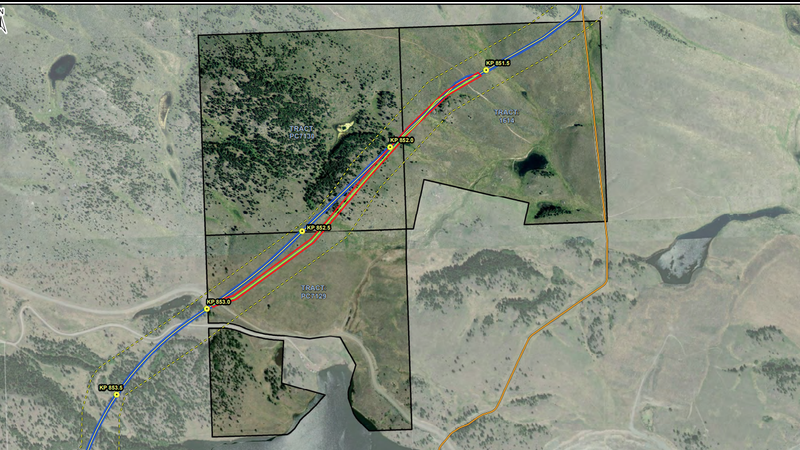
Federal regulator says TMX tunnelling through culturally sensitive area near Kamloops would be costly, fruitless
CALGARY — The Canada Energy Regulator (CER) has released its reasons for allowing Trans Mountain (TMX) to trench through a culturally significant area near Kamloops, over the objections of local First Nations.
On September 25, the CER approved an application by TMX to open trench in order to complete a section of its pipeline expansion through Pipsell (Jacko Lake). Stk’emlúpsemc te Secwépemc Nation (SSN), representing several Kamloops-area Indigenous communities, designated the area as one of deep cultural and spiritual significance when it opposed the KGHM-Ajax open pit mine proposal.
TMX initially agreed with SSN that it should micro-tunnel through the 1.3-kilometre section, in part to minimize ground disturbance. However, TMX changed its strategy earlier this year, saying micro-tunnelling was no longer feasible. SSN strenuously objected to the new TMX plan to use a combination of horizontal directional drilling and open trenching.
On Friday (Oct. 20), the CER elaborated on its approval of the new TMX plan.


